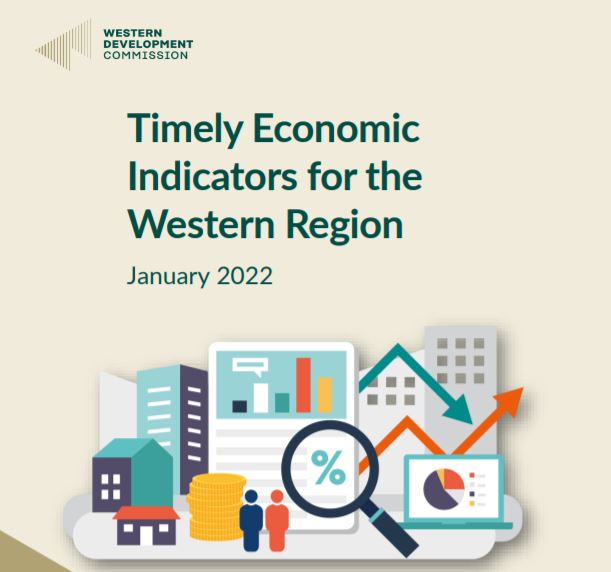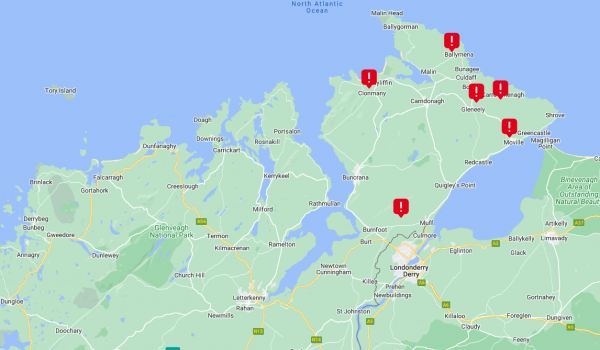
The CEO of the Western Development Commission says the region from Donegal to Galway is showing positive signs of growth for 2022.
The commission’s Policy Analysis team has released the a report which says estimates of more sustainable public finances, strong economic growth and declines in unemployment offer clear signs of encouragement.
The report, which has just been published, says the Western Region is showing signs of regional recovery and resilience.
At the end of October, 21% of the region’s labour force was either on the Live Register, or in receipt of the PUP. or a wage subsidy.
That compares to 33% in October 2020, and 50% in May 2020.
The report does sound a note of caution though, saying estimates of economic performance will depend on a number of issues.
They include the development of the pandemic and related public health restrictions, the growth in inflation, and Brexit, particularly in the context of the Northern Ireland Protocol and the potential triggering of Article 16.
Statement in full –
The Western Region shows signs of recovery and resilience in new economic report by Western Development Commission
- Western Region’s labour force receiving the PUP, wage subsidy or on the live register fell to 21.2% at the end of October down from 33% a year ago and 50% in May 2020.
- The risk of inflation is expected to be upwards of 4% for 2022
- To maximise opportunities the focus must be on Education, Employment and Enterprise
CEO of Western Development Commission Tomás Ó Síocháin has today said the Western Region is showing positive signs of growth for 2022.
The WDC Policy Analysis team have released the first Timely Indicators Report and accompanying commentary for 2022 indicating a positive outlook. Estimates of more sustainable public finances, strong economic growth and declines in unemployment offer clear signs of encouragement. More specifically the Western Region is showing signs of regional recovery and resilience. For example, the combined share of the Western Region’s labour force receiving the PUP, wage subsidy or on the live register fell to 21.2% at the end of October down from 33% a year ago and 50% in May 2020.
Estimates of economic performance will depend on the trajectory of several risks facing the economy over the next 12 months as outlined in the report. The first risk is the development of the pandemic and related public health restrictions. There are clear and encouraging signs in this regard, given the removal of virtually all public health restrictions at the end of January 2022. The second risk is inflation following a revision of inflation expectations upwards to 4% for 2022. Another risk area surrounds Brexit and the ongoing issues surrounding the Northern Ireland Protocol and the potential triggering of Article 16. Trade disruptions are a particular concern for the Western Region given the comparatively high level of employment exposure in Brexit impacted sectors.
As we emerge from the public health restrictions we can begin to look towards the future of regional development. Dr Luke McGrath, WDC economist and author of the report said ” To maximise future opportunities and support effective regional development policy must focus on the reduction of regional infrastructure deficits and broader policies to support innovation and the 3 E’s (Education, Employment & Enterprise). Building on regional comparative advantage can promote long-term economic development while also contributing to national economic growth.”
CEO of the WDC Tomás Ó Síocháin said “Looking to the future the WDC has identified three areas of regional strength that can create a sustainable competitive advantage over the long term; Life Sciences including MedTech, Artificial Intelligence (AI) data and analytics (particularly smart mobility) and the Creative Industries and Creative Economy. More broadly, the transition to remote work has led many to look west to the quality of life and cost of living opportunities in the west and the northwest, and the development of the national Connected Hubs Network can sustain this and help to generate economic activity in towns and villages into the future.”






